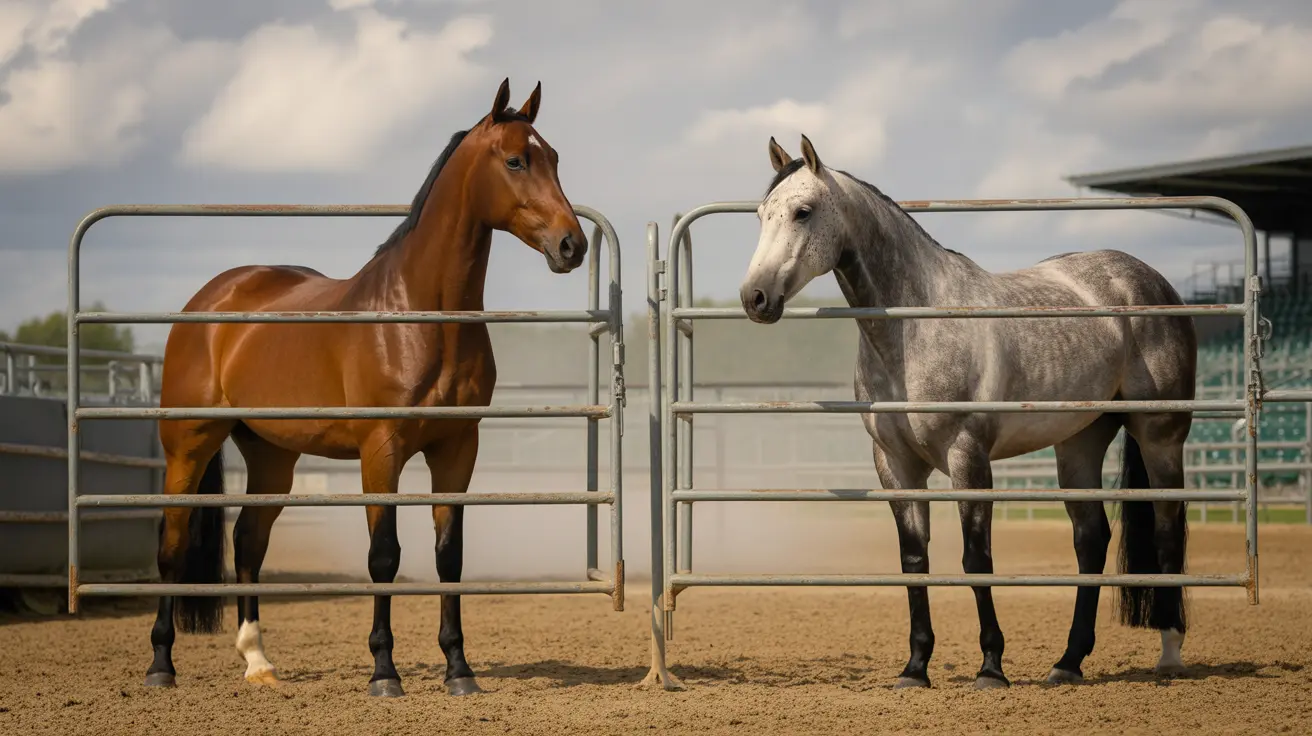Do Corgis Get Their Tails Clipped? A Complete Guide for Pet Owners
The question of whether Corgis get their tails clipped is more nuanced than it might initially appear. There are two distinct types of Corgis—Pembroke Welsh Corgis and Cardigan Welsh Corgis—and their approach to tail docking differs significantly. In this comprehensive guide, we’ll explore the history, genetics, ethical debates, and present-day practices surrounding Corgi tail docking.
The Two Breeds: Pembroke vs. Cardigan Welsh Corgis
- Pembroke Welsh Corgis: More popular and visible, often seen with short or absent tails.
- Cardigan Welsh Corgis: An older breed with a long, full tail that is almost always left intact.
All Corgis are born with tails, but their length can vary significantly based on genetics and breed.
The Role of Genetics in Tail Appearance
While Cardigans always have full tails due to their genetic makeup, Pembrokes may naturally be born with a bobtail due to a specific gene mutation. This mutation is:
- Partially dominant: Dogs with one copy (N/BT) will have a bobtail.
- Embryonic lethal: Dogs with two copies (BT/BT) typically do not survive gestation.
This gene introduces complexity to breeding and discourages intentional breeding for bobtails, as it may result in undeveloped or unhealthy embryos.
Historical and Functional Reasons for Tail Docking
Tail docking of Pembroke Corgis historically served several purposes:
- Protection: Prevent tail injuries while herding cattle.
- Tax Benefits: In historical UK law, working dogs with docked tails were exempt from taxes.
- Conformation Standards: The American Kennel Club (AKC) requires Pembroke tails not to exceed 2 inches.
While once justified for practical reasons, these justifications largely no longer apply as Corgis are now primarily companion animals.
Modern Tail Docking Practices
Presently, docking is typically carried out:
- Within the first 3–5 days after birth.
- By breeders who follow AKC conformation standards.
However, in many regions such as Europe and the United Kingdom, docking for purely cosmetic or breed-standard reasons is now banned. In these countries, Corgis—including Pembrokes—are generally seen with full tails.
Ethical and Medical Implications
Veterinary and animal welfare experts increasingly argue against tail docking. Concerns include:
- Pain: Even newborn puppies experience substantial pain during docking.
- Long-term effects: Docking may impact nervous system development and increase pain sensitivity later in life.
- Functional loss: Tails aid in communication and balance; their removal can cause coordination and social challenges.
As the conversation shifts toward prioritizing animal welfare, more owners and breeders are reconsidering the necessity of this procedure.
What Prospective Owners Should Know
If you’re considering getting a Pembroke Welsh Corgi and prefer it to retain its natural tail, here are some important tips:
- Inform the Breeder Early: Tail docking happens soon after birth, so timing is crucial.
- Expect Advance Commitments: Breeders may require advance payment or deposits to agree to leave the tail intact.
- Show Eligibility: Corgis with full tails cannot participate in AKC conformation shows but are still eligible for registration and companionship.
Conclusion
To summarize, all Corgis are born with tails. Cardigans almost always retain theirs. Pembroke Corgis may naturally have shorter tails, but most are docked in the U.S. to meet breed standards. However, the practice is increasingly scrutinized due to ethical and health concerns. As awareness grows, more future owners and breeders are choosing to leave the Corgi’s iconic tail just as nature intended.





